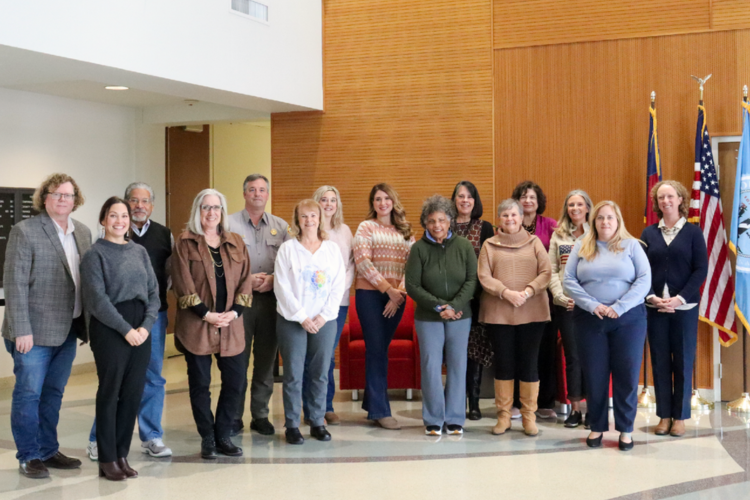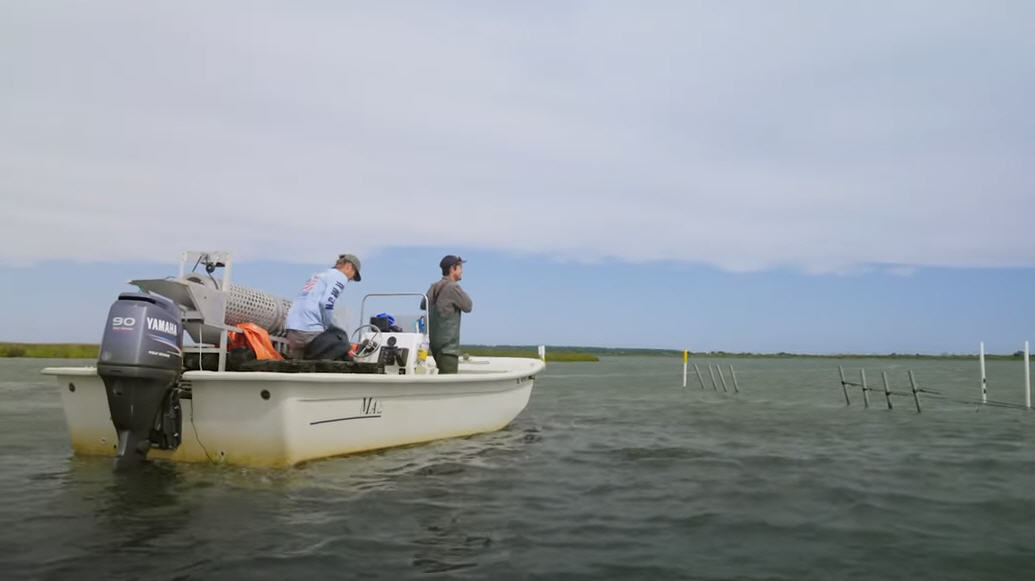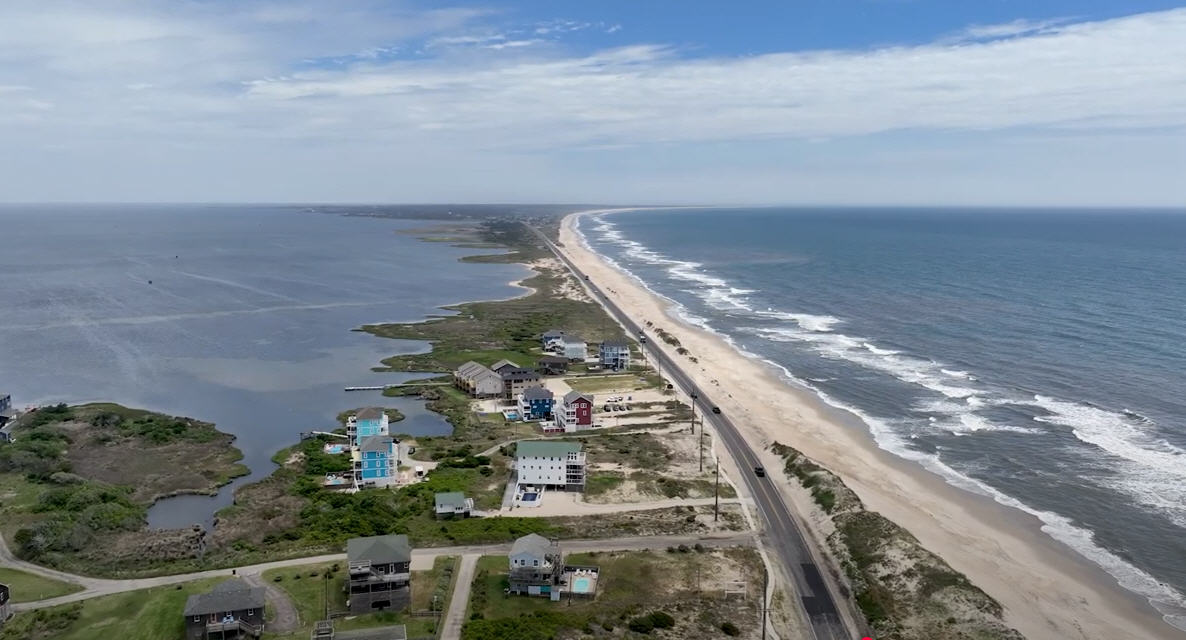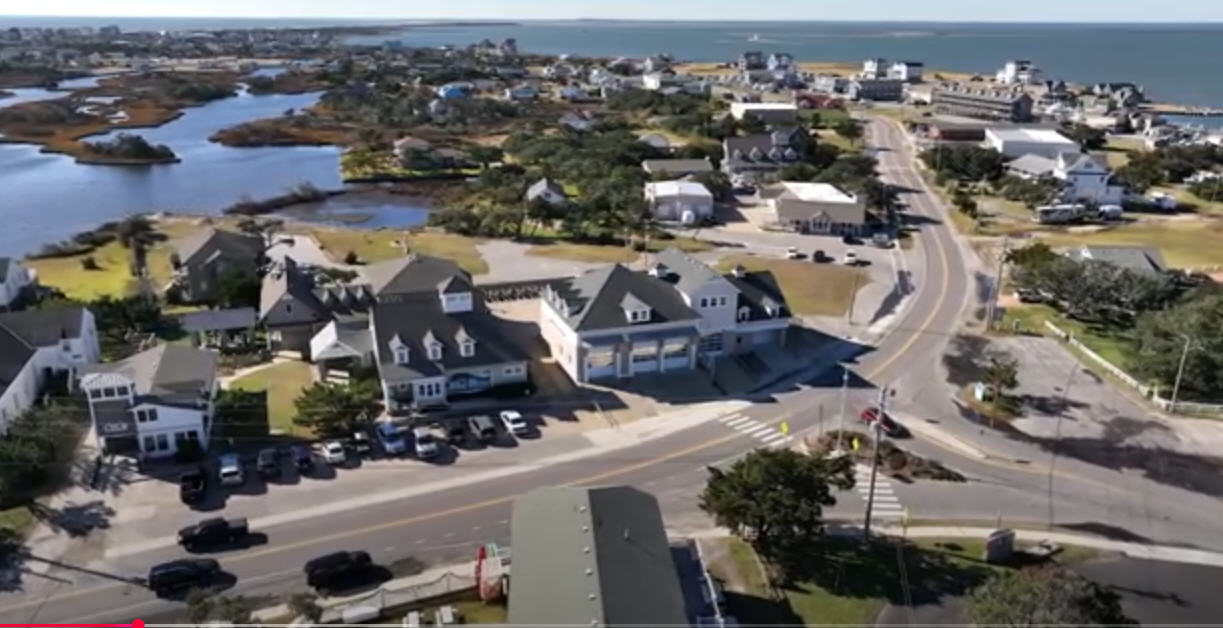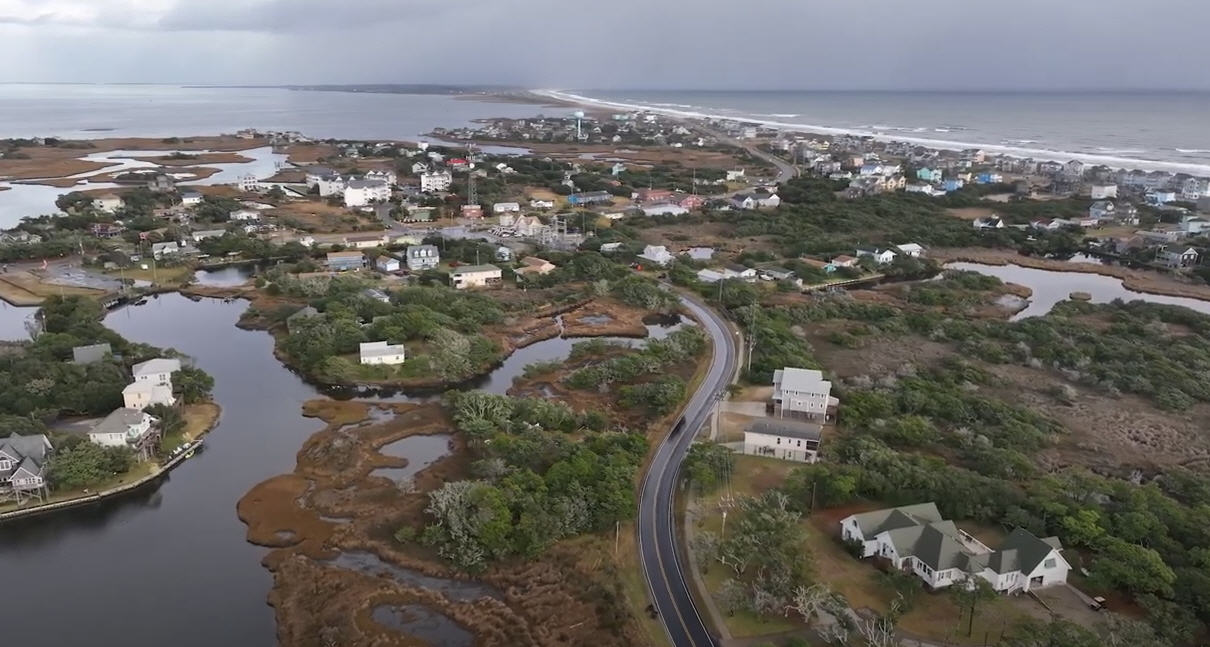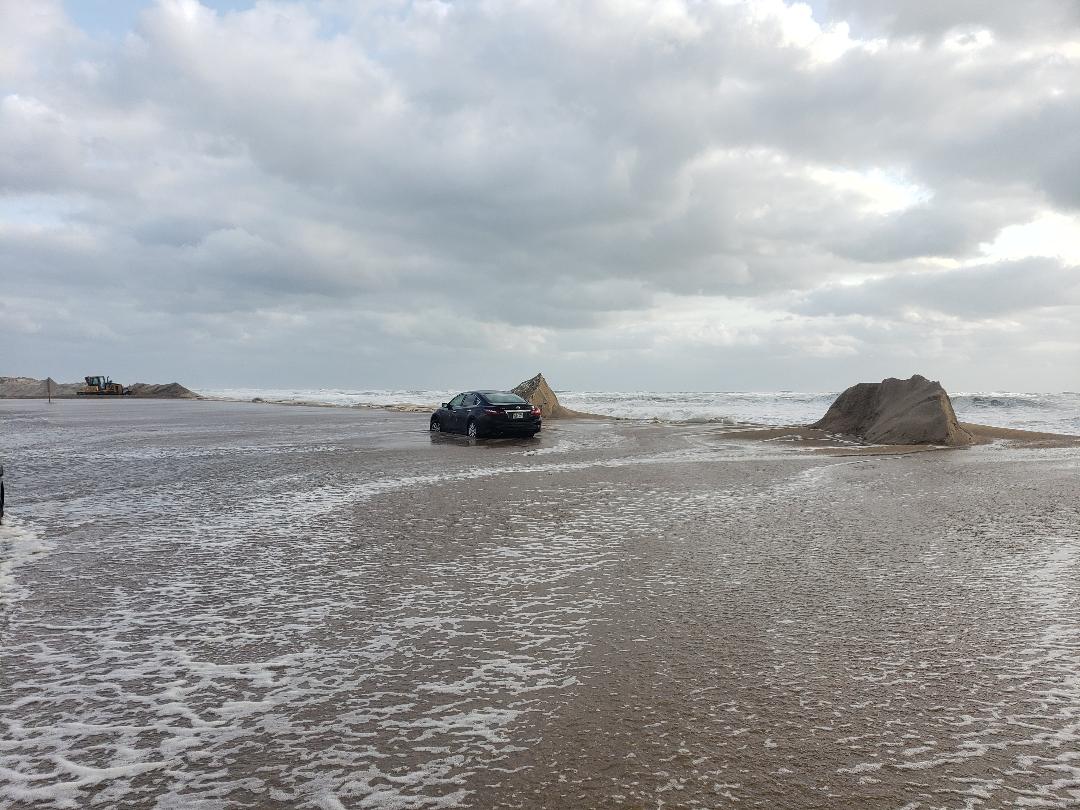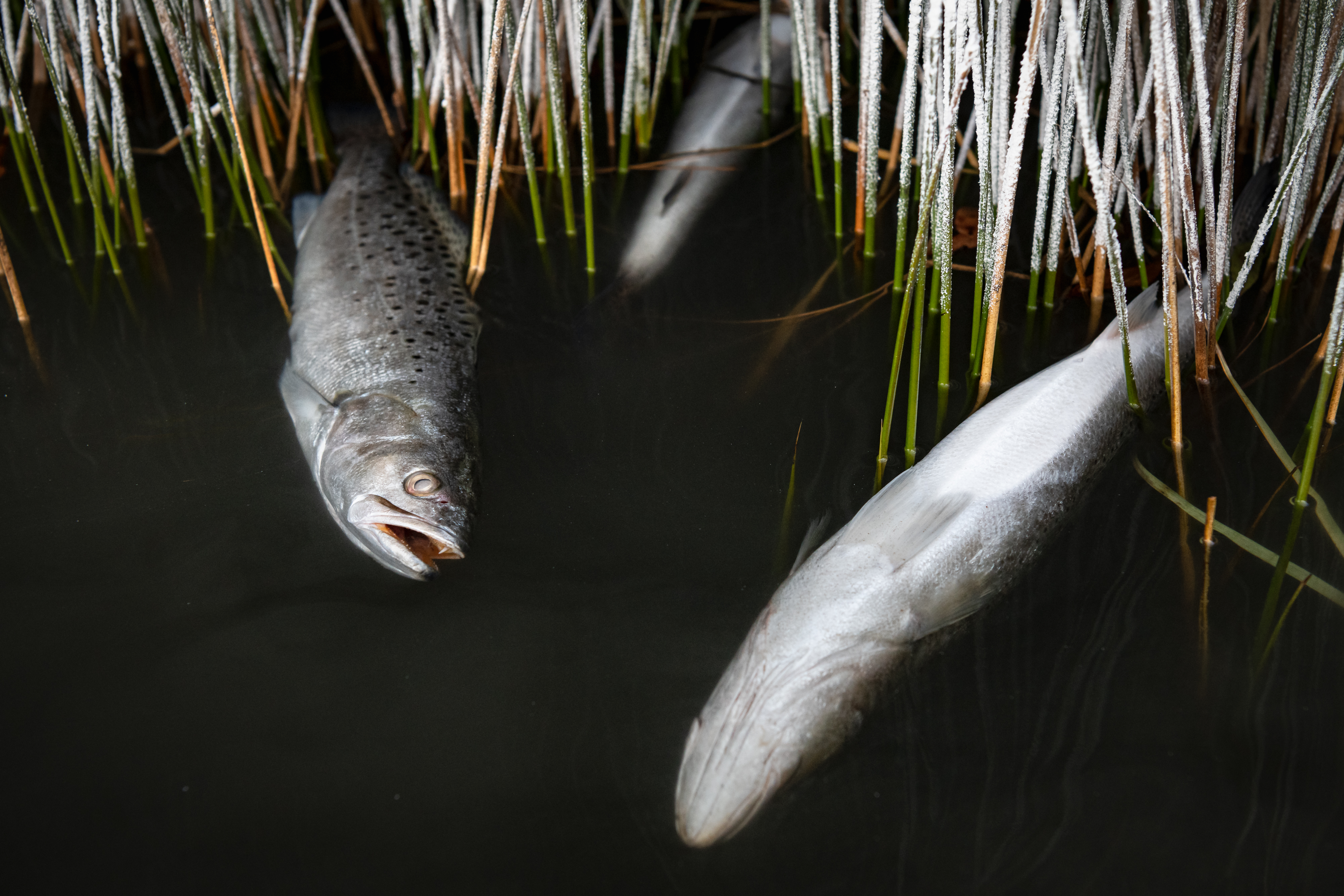New resource for learning about living shorelines is now online
Suzanne Simon, a strategic programs manager at the national organization Restore America’s Estuaries, or RAE, said it began with a “magic wand question.”
If given unlimited resources, she asked, how can we help promote the use of living shorelines?
A few years ago, Simon began posing the question to leaders in the restoration and management community across the United States in one-on-one discussions about living shorelines. Over the years, Simon had noticed increasing interest in living shorelines, a sustainable coastal management method using natural elements, such as marsh grasses and oyster reefs, to fight erosion, filter water and create estuarine habitats, and she wanted to know how RAE could help.
Simon repeatedly heard one request:
“Every single person said we want an online, one-stop shop for living shorelines,” she said.
And now that website, the Living Shoreline Academy, is up and running.
In partnership with RAE, the North Carolina Coastal Federation developed the site as a resource where anyone can learn more about living shorelines, get training on how to build them and ask questions of experts in the field.
The federation will unveil the Living Shoreline Academy next week at the national RAE conference in New Orleans, where Todd Miller, executive director of the federation, said attendees will have the chance to learn more.
The website features a question forum, training modules and project databases targeted to property owners, contractors and policymakers.
Living shorelines are an alternative to other, hardened management methods, such as seawalls and bulkheads, which have been shown to cause erosion farther down the shoreline and to disrupt estuarine ecosystems.
RAE works to restore and protect bays and estuaries across the country. According to its website, RAE consists of 10 member organizations, including the federation, dedicated to protecting 11 estuaries in 16 states.
According to a cooperative agreement between RAE and the Environmental Protection Agency, the objective of the Living Shoreline Academy is to increase coastal wetlands by promoting the understanding of living shoreline techniques. The EPA is an active partner in the project, providing feedback on the website and checking in.
The federation has been working two years on the first part of the project, developing the website. The keys to the Living Shoreline Academy will be handed over to RAE at the beginning of 2018, and the organization will work to ensure the website’s long-term sustainability.
Tracy Skrabal, a coastal scientist for the federation’s Wrightsville Beach office, said the website is designed to reach any type of person who’s interested in learning more about living shorelines.
“We are attempting to provide a portal to anyone who wishes to find as much information about living shorelines as possible,” she said.
Skrabal will showcase the website during a presentation at the five-day conference and attendees will be able to learn more about the resource at a display booth.
While there are other similar websites out there, Skrabal said the academy’s scope is what sets it apart. Other websites, which tend to be run by universities and local governments, focus on small geographic areas. The academy, she said, is contributed to and can be used by people across the country.
“There is no other nationally coordinated effort,” she said.
Simon said the responsibility of developing the website was given to the federation because of its skills and experience with living shorelines, which Skrabal said the federation has been working on since the mid-1990s.
“The federation has a unique set of talents and experience that made them great in terms of leading the charge,” Simon said.
Among the website’s features are training modules that teach and quiz the learner on vocabulary and concepts associated with living shorelines.
Once RAE takes control of the academy, it will work to keep the website useful and current.
“We will be adding content and hopefully building out some of the modules depending on what is needed on the part of the living shorelines’ broader community, really determining what kind of additional info is needed, what training is needed, what modules are needed,” Simon said.
One module is geared toward helping property owners install living shorelines on their own properties. A second module covering the design, construction and permitting of living shorelines targets marine professionals, contractors and policymakers.
Skrabal called the modules “extremely useful” to people who are new to living shorelines.
Those interested can also view established living shoreline projects from all over the country, including California, Louisiana and Maryland, in the project database. Each project has a description, pictures and technical description, including the installment’s area and materials.
A forum where people can ask and answer questions about living shorelines was migrated from the Southern Environmental Law Center’s website to the academy, adding an interactive function.
Skrabal said people can make the most of the website by browsing the resources section, which has literature, videos and presentations.
Simon said the value of the website lies in the ability for people learn from each other and to contribute to the overall knowledge of living shorelines.
“By having the expertise that’s in the community, we’re collectively raising the knowledge and enthusiasm rather than having people recreate a wheel in their own state or own region,” she said. “I think there was some danger of that happening.”
Simon said the academy welcomes additional input from the public, including research, literature, projects, examples and contact information.
After the destruction of Hurricane Matthew, Miller said that it’s more important now than ever for living shorelines to be implemented.
“Matthew proved that building seawalls and other hard erosion control structures to protect waterfront property provides a false sense of security for waterfront property owners,” he said.
With all the resources the website offers, Miller said he hopes that the website becomes a hub for living shoreline activity. Asked about his long-term goal for the website, Miller’s answer was simple:
“That it’s the go-to portal for living shorelines.”
Visit livingshorelinesacademy.org
Learn more about the Restore America’s Estuaries 2016 Summit
(This article is provided by Coastal Review Online, an online news service covering North Carolina’s coast. For more news, features, and information about the coast, go to www.coastalreview.org.)








